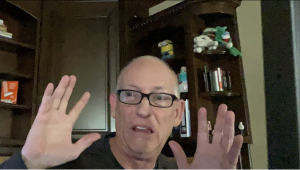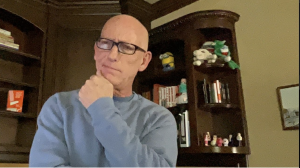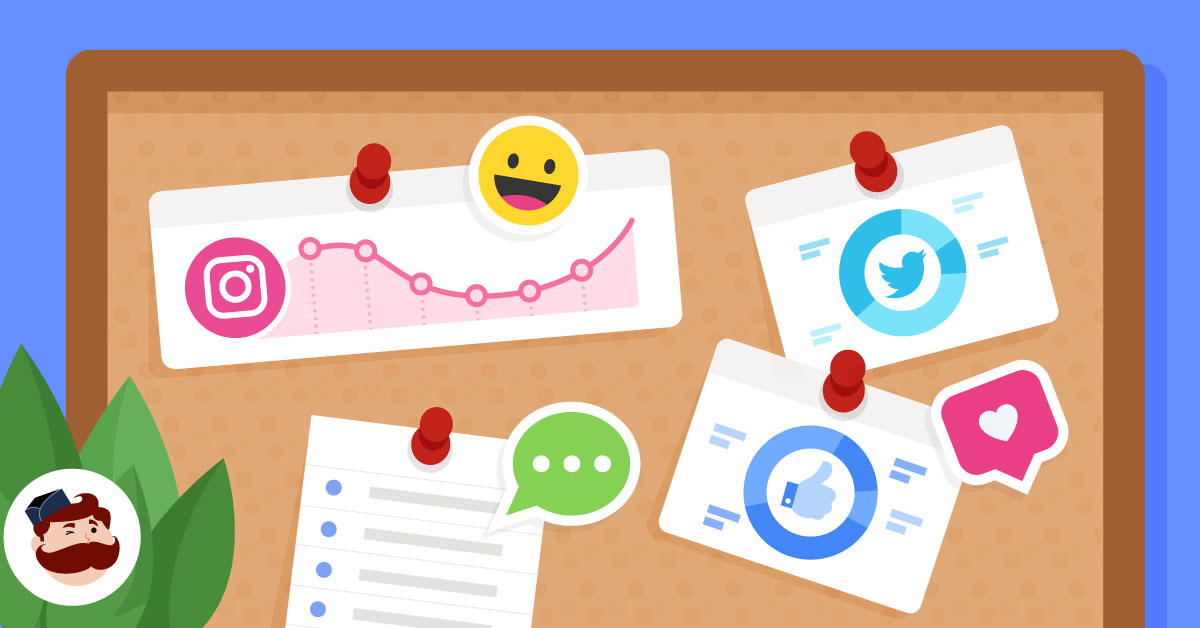The benefits of statins versus the side-effects: is it worth taking the medication?
Statins are one of the most commonly prescribed medications with over 200 million people taking it.
Statins are designed to decrease the risk of heart disease and stroke by slowing down the production of low-density lipoprotein (LDL) cholesterol in the liver.
High LDL cholesterol or ”bad cholesterol” can cause hardening and narrowing of the blood vessels.
If the blood vessels become narrow, the body can’t get enough oxygen-rich blood and so this can lead to a stroke.
For patients with cardiovascular disease, the benefits of statins are greater than the side-effects.
But, preventing heart disease with statins is a different story as the health outcome of the drug compared to the harm might not be so positive.
Muscle pain, muscle weakness, sleep problem, fatigue, dizziness, headache, and indigestion are the common side-effects that make many people hesitant about taking statins.
In contrast, the guidelines recommend a wider use of statins making those with a lower risk of cardiovascular disease eligible for taking the medication.
Therefore, a research team aimed to investigate the links between statins and adverse events in people with no prior history of cardiovascular disease.
They also checked if the types and doses of statins would make any difference regarding side-effects.
The team looked at 62 trials involving 120,456 participants with 4 years follow-up.
The analysis showed that statins were linked to an increased risk of self-reported muscle pain, liver and kidney problems, and eye conditions.
However, the study didn’t find any association between statins and clinically confirmed muscle disorders or risk of diabetes.
They suggest that the potential benefits from statins are favourable when compared to the harm.
There was not enough evidence showing dosage or any specific type of statin would cause more or less adverse events.
Rosuvastatin, atorvastatin, and lovastatin all showed similar side-effects, and a higher dosage of atorvastatin was linked to liver dysfunction.
Because of the side-effects of statins, researchers are looking for alternatives to lower cholesterol.
One method is the use natural foods with cholesterol-lowering properties.
One study gave patients foods such as walnuts, dark chocolate and smoothies containing strawberries and bananas.
Moreover, side effects such as muscle pain from taking statins can be reduced with exercise.
The study was published in the BMJ (Cai et al., 2021).
Keep reading here



 ‘ + data.settings.title + ” : ” }}} ]]>
‘ + data.settings.title + ” : ” }}} ]]>


















